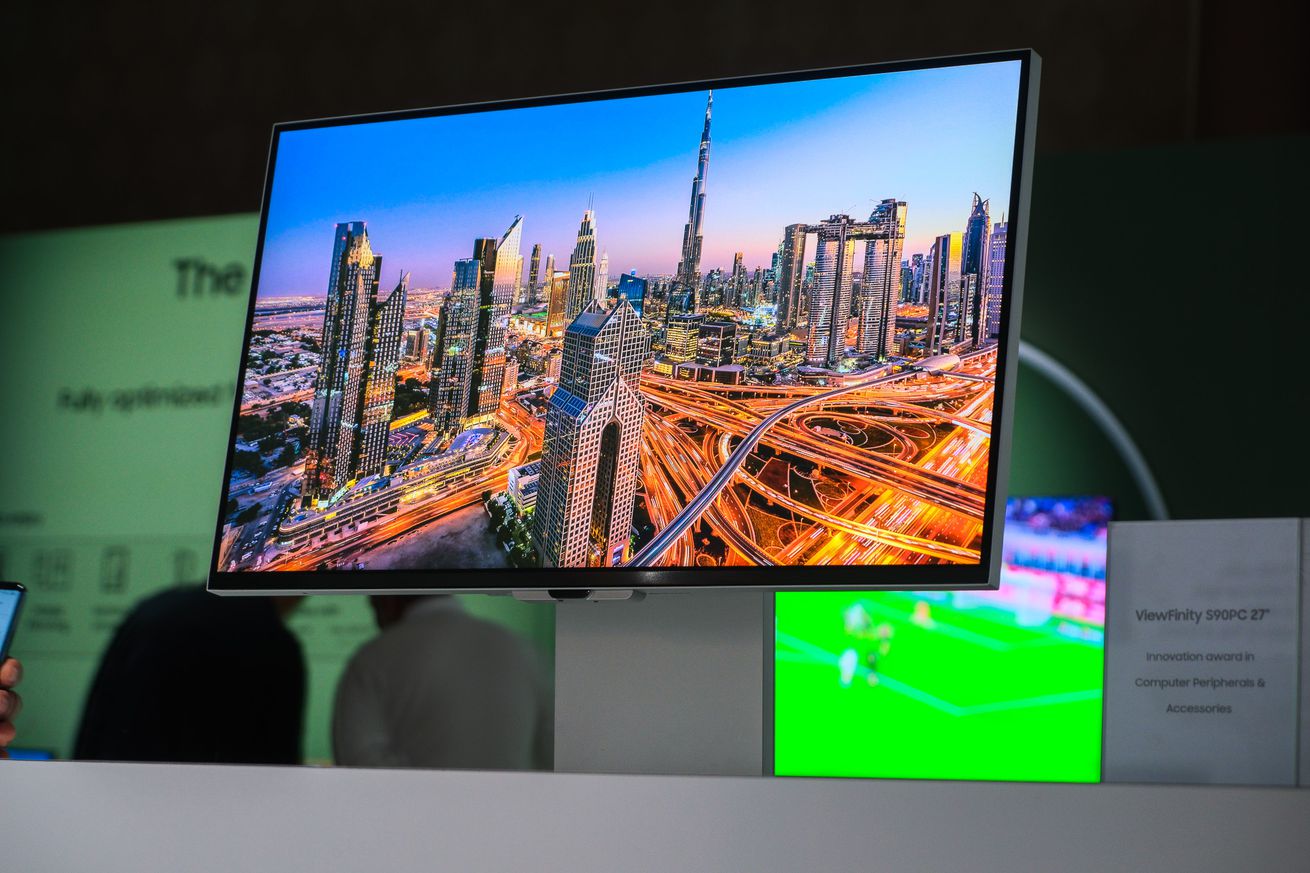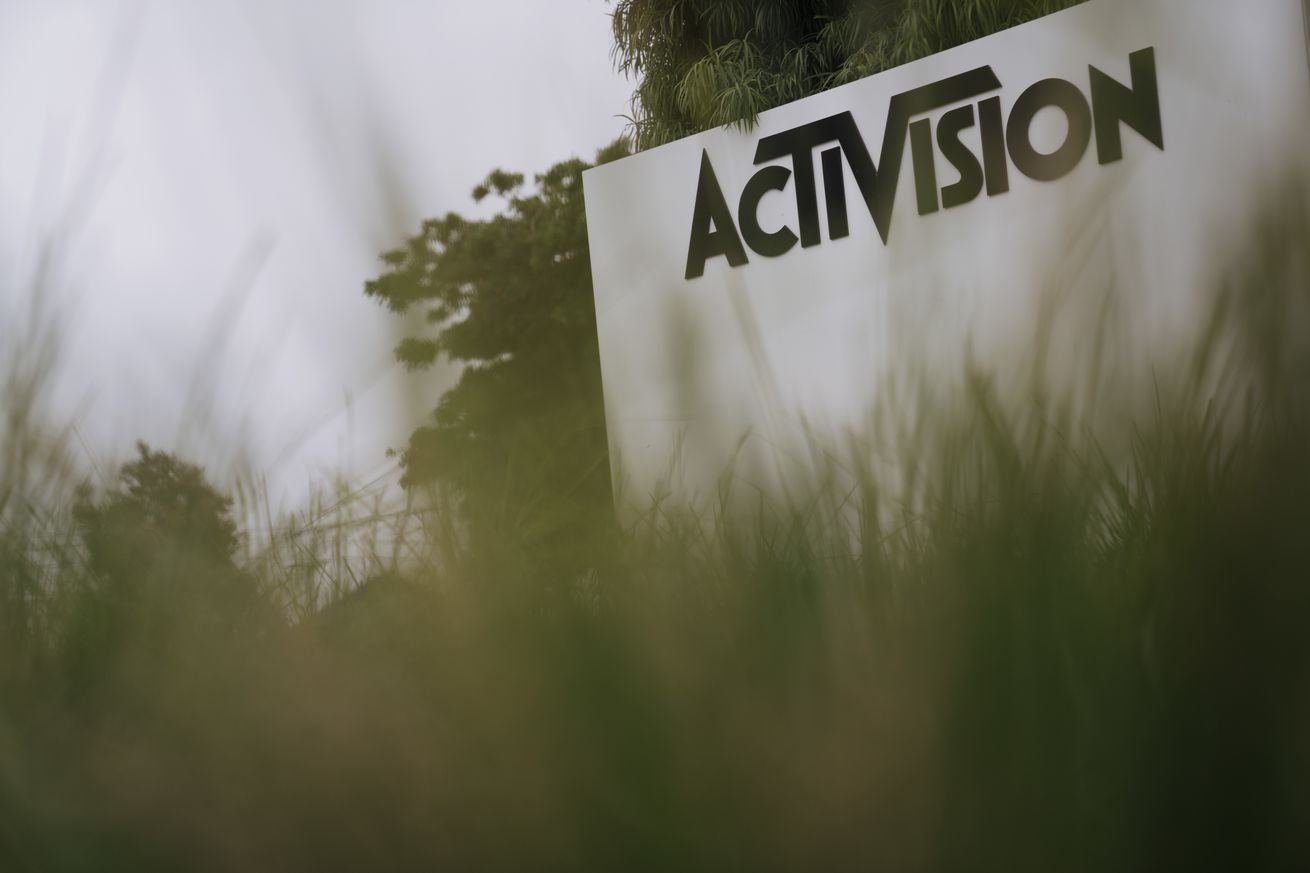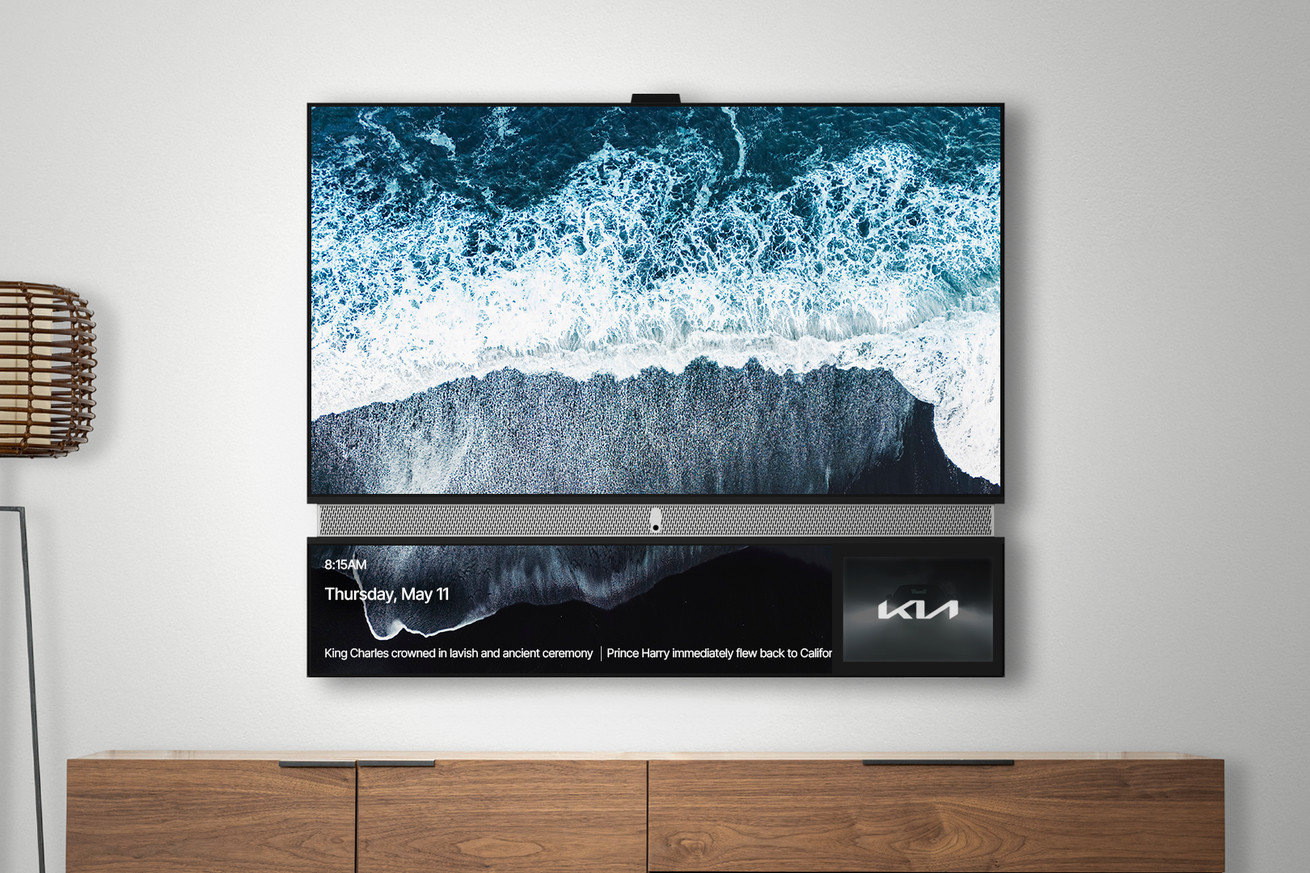
Apple now sells MacBooks equipped with its own M-series chips in a wide range of sizes and price points. The offerings start with the 13-inch MacBook Air from 2020 at $999 and go all the way up to last year’s 16-inch MacBook Pro at $2,499 (not counting anything you can spec out to the stratosphere). And while it’s great to have options, it’s even better to find the right one for you on sale. The good news is that finding a deal on a Mac with an M1 or M2 chip — or a higher-end Pro or Max version — is usually not too difficult.
At this point, we don’t recommend buying any older Intel-based Macs. They’re just completely outclassed by all the newer models unless you have some super-niche Windows Boot Camp needs.
Alternatively, purchasing refurbished is another way to save money on an Apple computer. Apple’s refurbished store provides a one-year warranty on all products and generally offers discounts of up to 15 to 20 percent off the price of a new unit. If you’re looking for a new model, however, here are the best MacBook Air, MacBook Pro, and Mac Mini deals available.
The best MacBook Air deals
M1 MacBook Air
The MacBook Air is Apple’s entry-level laptop. It’s best suited for typical productivity work, with a comfortable keyboard, an excellent trackpad, and all-day battery life. The redesigned M2 version of the MacBook Air has been with us for a bit — there’s now even a 15-inch M2 Air — but the 2020 version with an M1 processor and fanless design remains in the lineup as the budget option. For many people, the M1 Air still ticks the right boxes when it comes to performance and price, even if it’s long enough in the tooth to have been finally dethroned in our guide to the best laptops.
The base MacBook Air with the M1 chip comes with 8GB of RAM and 256GB of storage. It typically sells for $999, but Amazon is currently discounting the silver model to $869 ($130 off). That’s not nearly as good as it recently was during Amazon Prime Day when it dropped to an all-time low of $749.99, but it’s not terrible. Even more than two years after its release, it’s hard to beat the M1 Air’s value when it comes to performance and battery life, given its affordable price tag (even at full price).
M2 MacBook Air
As for the newer, fancier 13-inch MacBook Air with M2, the base model with 256GB of storage and an eight-core GPU got a price drop last month. Along with introducing a 15-inch M2 Air, Apple announced during WWDC that the 13-inch model now starts at $1,099 instead of $1,199. As for deals, the 13-incher is currently selling for $999 ($100 off) at B&H Photo and Best Buy. There’s also a slightly better deal available at B&H Photo on an upgraded configuration with a 512GB SSD and 10-core GPU for $1,249 ($150 off), assuming you’re okay with the sleek yet fingerprint-prone midnight color.
The new MacBook Air is a super slim and light laptop with a 1080p webcam that’s actually usable, as well as a handy magnetic charger that frees up one of its precious two USB-C ports. Its M2 processor didn’t kick-start a revolution like the M1 generation, but it’s a great performer for any user outside of more demanding creatives.
It does have some slight downsides, like slower storage in the base configuration and a notch cutout in its otherwise excellent screen. But even so, there hasn’t been a more travel-friendly laptop offered by Apple since the days of the polarizing 12-inch MacBook, and this one’s good enough to be the No. 1 laptop we now recommend in our buying guide.
The newly announced 15-inch MacBook Air with M2 is a lot like a blown-up 13-inch Air, and judging from our glowing review, there’s nothing wrong with that. Like its smaller counterpart, it has an M2 chip, two Thunderbolt 4 / USB-C ports, and MagSafe charging, and its base model comes with a 256GB SSD and 8GB of RAM. But it differs by having a larger 15.3-inch notched screen with 2880 x 1864 resolution, six speakers instead of four, a 10-core GPU that costs extra on the 13-inch, and a higher starting price of $1,299. Bumping up to a larger, faster 512GB of storage will run you $1,499.
Surprisingly, the 15-inch M2 Air started receiving some slight discounts before it even shipped, which let early adopters save between $50 and $100. As of right now, you can get it for $50 off by ordering it from Amazon or B&H Photo, where it currently starts at $1,249.
The best MacBook Pro deals
M2 and M2 Pro MacBook Pro
The MacBook Pro line has been split into two different segments — for the time being. The M2-powered 13-inch MacBook Pro from 2022 remains the lone Touch Bar holdout. It’s sort of a sibling to the 2020 MacBook Air, with a similar design save mostly for a fan that allows it to run at peak performance for longer. And while it’s still plagued by the Touch Bar and has its shortcomings when it comes to speed (at least on the base model), it features terrific battery life, and we occasionally see discounts up to $150 to $200 that help make it more worthwhile.
Right now, the best deals on the 13-inch M2 MacBook Pro are at Amazon and B&H Photo, where the 256GB model with 8GB of RAM is receiving its best discount of $200 off. That drops the price from $1,299 to $1,099. The 512GB model is also discounted by $200 at B&H Photo and Amazon, making it $1,299. These are excellent deals if the Touch Bar-equipped Mac still floats your boat, but those of you who do intensive creative work may still be better served spending a bit more on the more capable 14-inch MacBook Pro (if you can stretch your budget, of course).
As for the 14- and 16-inch MacBook Pros, the latest models are mostly a spec-bumped refresh from the M1 Pro / M1 Max generation, but they now feature faster M2 Pro and M2 Max chips, with the 16-inch M2 Max MacBook Pro also showcasing some excellent battery life gains thanks to the efficiency of the new chips. And now, we’re finally starting to see some good discounts on the M2-based models.
Right now, you can get the base 14-inch MacBook Pro with an M2 Pro chip, a 512GB SSD, and 16GB of RAM for $1,799 ($200 off) at Amazon, Best Buy, and B&H Photo. There’s also good news if you need additional storage, as the 14-inch model with 1TB of storage, a 12-core M2 Pro CPU, and 19 GPU cores is down to $2,299 ($200 off) at B&H Photo and Amazon.
I’m also happy to report that it’s an even better situation with the 16-inch MacBook Pro with the M2 Pro, which is on sale for $2,249.99 (about $250 off) at Amazon in the space gray base configuration with 512GB of storage, 16GB of RAM, a 12-core CPU, and 19-core GPU. However, you can also get that discount on a higher-spec model with 1TB of storage from B&H Photo and Amazon for around $2,449 (also $250 off). It’s still a pricey laptop, but having that larger screen is handy when editing through Adobe Premiere timelines or having more real estate in Photoshop.
M1 Pro and M1 Max MacBook Pro
For now, the older 2021 MacBook Pros remain fine machines, especially if you can get one at a steep discount. However, they’re getting increasingly harder to find in any of their cheaper base and midrange configurations. Currently, you can get a tricked-out 14-inch MacBook Pro with an M1 Max chip that has 10 CPU cores and 32 GPU cores, a 2TB SSD, and 64GB of RAM for $2,699 at B&H Photo. I know that’s a lot of money for a 14-inch laptop, but it’s a whopping $1,400 discount (though, for transparency, you should know B&H had this same laptop for $200 cheaper last month).
As for the 16-inch MacBook Pro from 2021, the best deal on the outgoing model is B&H Photo’s discount of $800 on an expanded configuration with 1TB of storage. That drops the price down to $1,899, which is an excellent deal. The only caveat is that this specific model has extra storage but just the base 16GB of RAM. However, it’s the best value you can get on a 16-inch M1 Pro right now.
Our reviews of Apple’s M1 Pro and Max MacBook Pro lineup were absolutely beaming with praise. Whether it was the beautiful display or the remarkable performance and battery life they exhibited, these premium laptops are investments that we still recommend — at least until the newer M2 generation starts seeing bigger discounts. It’s great to see the return of more ports, an SD card reader, and MagSafe charging to some Mac laptops we can once again say are well poised for actual pros. Just mind the notch — or better yet, make it more useful with software.
The best Mac Mini deals
The new Mac Mini comes in a base configuration with Apple’s M2 processor or in a more powerful configuration with the M2 Pro. It’s an excellent upgrade to one of the most affordable yet performant desktop computers you can get (as long as gaming isn’t your priority). The M2 model Mac Mini starts with 8GB of RAM and a 256GB SSD for $599, while the M2 Pro model features a superior processor plus 16GB of RAM and 512GB of storage for $1,299.
The latter model also features an expanded port selection, from two USB-C ports to four. It’s almost like getting an M2 Pro-powered MacBook Pro 14 but in desktop form. Though keep in mind that buying any Mac Mini means you have to provide your own mouse, keyboard, and monitor.
The base configuration of the M2 Mac Mini is currently on sale for $529 ($70 off) at B&H Photo, which is the second-best price we’ve seen on Apple’s latest desktop machine so far. The M2 Pro model is receiving a bigger discount of $150 at B&H Photo, knocking it down to $1,149, but we’ve seen it dip as low as $1,099. Even if you’re not getting the lowest price ever, the M2 Pro Mac Mini is like a baby Mac Studio and a great value in terms of performance.

/cdn.vox-cdn.com/uploads/chorus_asset/file/24792652/02_FB_Video_all_in_one_place.gif) GIF: Meta
GIF: Meta


/cdn.vox-cdn.com/uploads/chorus_asset/file/24792395/F_150_Pricing.jpg) Image: Ford
Image: Ford
/cdn.vox-cdn.com/uploads/chorus_asset/file/24788148/xboxgamepasslineup.png) Image: Microsoft
Image: Microsoft

/cdn.vox-cdn.com/uploads/chorus_asset/file/24335215/DSCF0873.jpg) Photo by Chris Welch / The Verge
Photo by Chris Welch / The Verge
/cdn.vox-cdn.com/uploads/chorus_asset/file/24335753/DSCF0876.jpg) Photo by Chris Welch / The Verge
Photo by Chris Welch / The Verge






/cdn.vox-cdn.com/uploads/chorus_asset/file/24789515/UhuxLYr.png) Image: US Courts
Image: US Courts





/cdn.vox-cdn.com/uploads/chorus_asset/file/24787572/Screenshot_2023_07_13_at_3.29.01_PM.png) Screenshot by Jay Peters / The Verge
Screenshot by Jay Peters / The Verge


